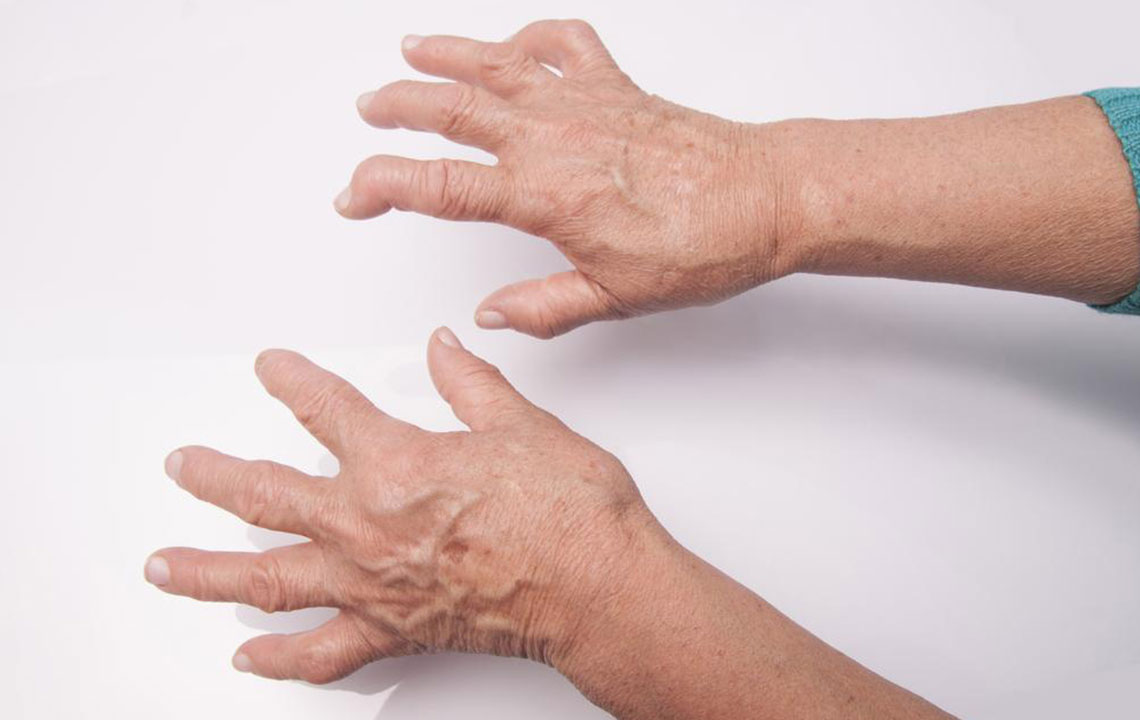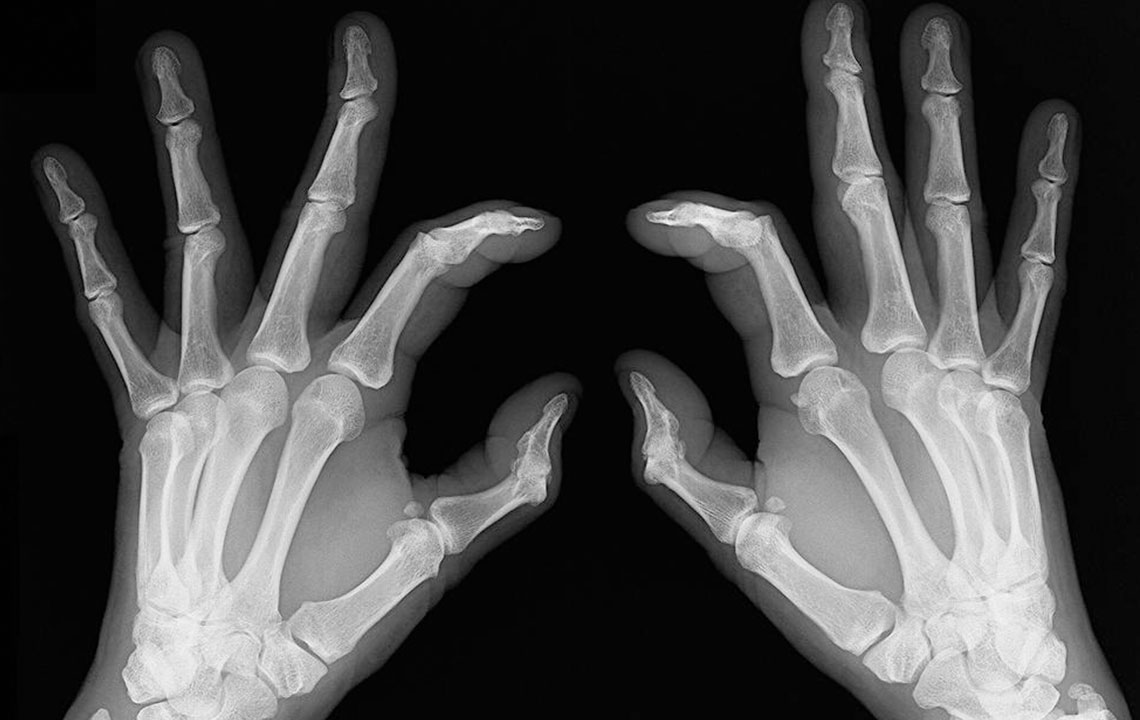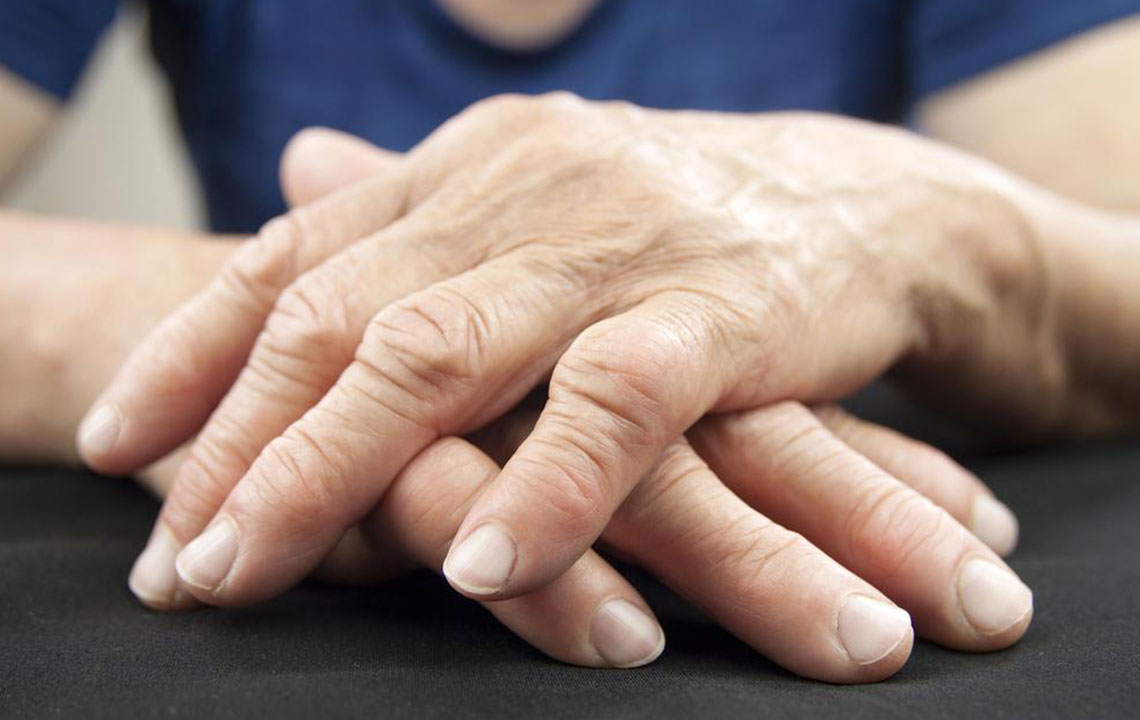Recognizing Key Symptoms of Arthritis Pain
Learn about the common symptoms of arthritis, including joint pain, inflammation, stiffness, and deformities. Early detection is key to managing arthritis effectively and preventing progression. This guide helps identify warning signs like tenderness, swelling, and reduced mobility, essential for timely medical intervention. Recognizing these symptoms can improve quality of life and lead to better treatment outcomes.

Recognizing Key Symptoms of Arthritis Pain
Joint discomfort is a prevalent indicator of arthritis affecting millions of individuals annually. Although various arthritis types exist, most pain symptoms are remarkably similar, with differences depending on the specific condition and its severity. Patients often experience pain ranging from throbbing to sharp feelings. Early signs of arthritis, such as joint pain, inflammation, and stiffness, can be managed effectively if detected promptly. Recognizing these symptoms early can prevent the progression of the disease and improve quality of life.
Joint Discomfort
Arthritis commonly causes persistent discomfort in the affected joints, which may intensify with activity, although some forms like rheumatoid arthritis can worsen during rest. Symptoms often fluctuate with weather and activity levels.
Swelling and Inflammation
Inflammation is a hallmark of arthritis, leading to swollen, tender joints. Conditions like osteoarthritis cause excess joint fluid due to inflammation, while rheumatoid arthritis triggers widespread joint swelling due to autoimmune responses.
Stiffness in Joints
Stiffness, especially noticeable in the morning, is common in arthritis. It hampers movement and tends to be worse after periods of inactivity, affecting daily activities and mobility.
Joint Deformities
Long-standing arthritis can cause deformities, visible as crooked or angled joints, most frequently in fingers and knees, resulting from cartilage wear.
Grinding Sensation
As cartilage deteriorates, bones may rub against each other, producing a grinding or grating feeling during movement.
Tenderness and Warmth
Arthritic joints often feel tender and warm to touch, indicating active inflammation that may be mistaken for infections but is characteristic of arthritis.
Muscle Weakness
Joint weakness, notably in knees, can lead to instability, buckling, and limited movement, making daily tasks challenging.
Restricted Movement
Damage to joint cartilage diminishes range of motion, causing difficulty in activities like climbing stairs or walking without support.
Gradual Symptom Progression
Arthritis symptoms typically start mild and worsen over time, with pain often increasing after inactivity or during sudden temperature drops.
Numbness
Inflammation and nerve involvement may cause tingling and numbness in affected areas.
Malaise
Rheumatoid arthritis can induce a general feeling of fatigue, sickness, and malaise due to persistent inflammation and pain, affecting overall wellbeing.










